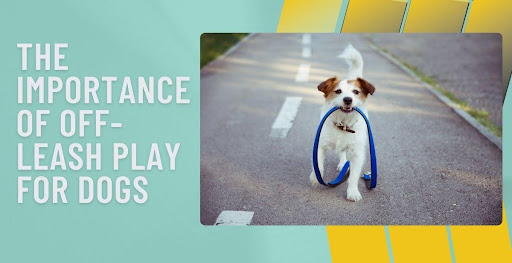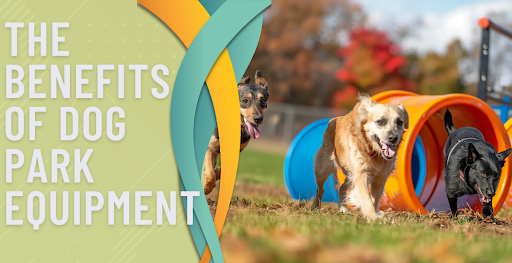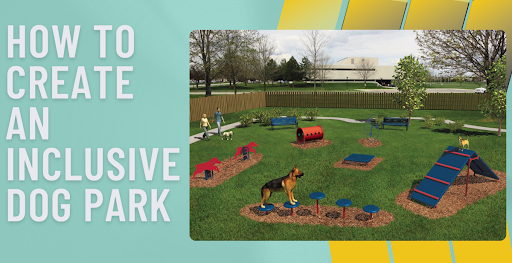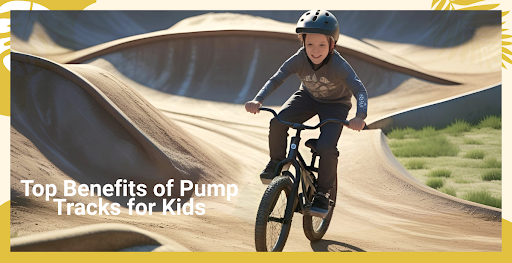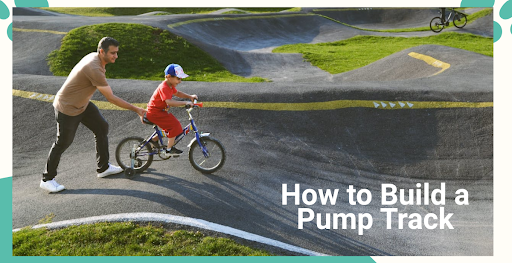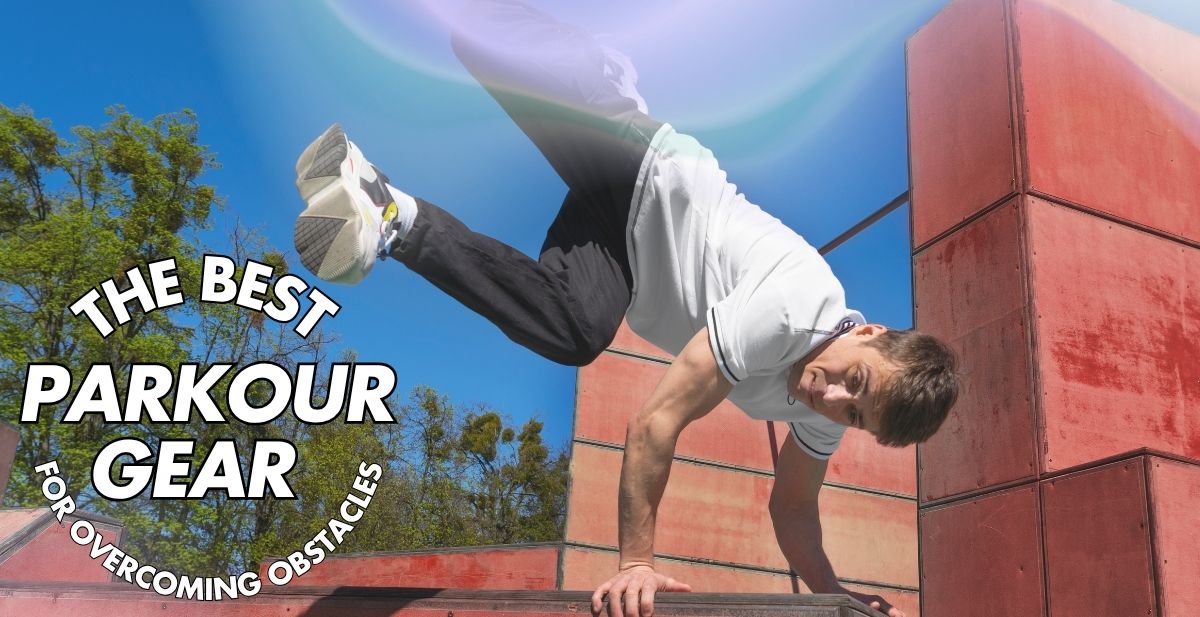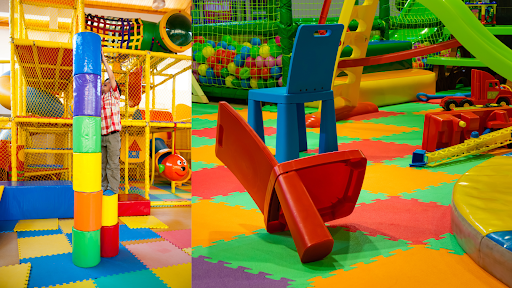13 Calm Down Strategies for Kids
Children are often difficult to calm down because they are impulsive and have trouble regulating their emotions. When they get upset, they may not know how to calm themselves down. As a result, they may need some help from adults to learn how to calm down.


Why Are Children Difficult to Calm Down?
There are several reasons why children may have difficulty calming down. Children may be feeling anxious, stressed, or overwhelmed. They may also be experiencing sensory overload or reacting to changes in their environment.
Children are often difficult to calm down because they are impulsive and have trouble regulating their emotions. When they get upset, they may not know how to calm themselves down. As a result, they may need some help from adults to learn how to calm down.

A few strategies can be used to help children calm down. First, providing them with a safe and comfortable environment is important. This means creating a space where they feel secure and can be away from any trigger that might set them off.
Second, teaching them breathing exercises or relaxation techniques is helpful. These can help to ease their anxiety and lower their heart rate. Finally, it is important to be patient and consistent when working with children on calming down. It might take some time for them to learn the skills, but with practice, they will eventually get better at it.
These are a few of the many calm-down strategies that can be used with kids. It is important to find what works best for your child and to be patient as they learn how to better manage their emotions. Remember, it's going to be a learning process for both of you.
Calming Strategies for Kids
There are many strategies that can help kids calm down. Some basic strategies include:
Ask for a Hug
One of the best calming strategies for kids is to ask for a hug. The human touch is incredibly comforting and can help reduce stress hormones and anxiety. A hug can help children feel safe and loved when they feel overwhelmed.
Additionally, hugging also releases oxytocin, known as the "cuddle hormone," and helps promote calmness and relaxation. Of course, not every child will want a hug when they're feeling upset. In those cases, try offering a gentle back rub or simply holding hands.

The important thing is to offer physical comfort and support. By showing your child that you're there for them, you can help them feel calmer and more capable of dealing with whatever bothers them.
Play With Water
One of the most effective ways to help your child calm down is to encourage them to play with water. This can be done in a variety of ways, such as filling up a sink or tub with warm water and letting them splash around, playing with a spray bottle filled with water, or even just sitting outside on a hot day and letting them run through the sprinkler.
The key is to let them have fun while also getting them to focus on the sensation of the water, which can help to ease their mind and body's stress response. Additionally, you can try adding some essential oils or bubbles to the water to make it even more relaxing. Your child can calm down and relax by taking a few minutes to play with water.
Do Some Jumping Jacks to Relieve Stress
When kids get stressed, it's important for them to have some calm-down strategies that they can use. One great fun way to help kids calm down is by doing some jumping jacks. Jumping jacks are a great way to release stress hormones and get the body moving.
They also help to improve circulation and get the heart pumping. In addition, jumping jacks are a great way to burn off excess energy. As a result, they can be very helpful in calming kids down.
Other great calm-down strategies for kids include deep breath, counting to 10, and visualization. Teaching kids some simple Calm Down Strategies can help them cope with stress healthily.
Calm Down Techniques for Teachers
There are a number of calming strategies that teachers can use in the classroom. When children become overwhelmed or stressed, these techniques can help them to calm down and refocus.
Count Backwards From 100
Being a teacher, there are situations where you need to help your students calm down. Backward counting can be a helpful strategy when you're feeling stressed or overwhelmed. The act of focusing on numbers and saying them out loud can help to distract you from whatever is causing your anxiety.
It can also help to slow down your negative thoughts and breathing. To use this strategy, simply start by counting backward from 100. You may do it in your head, or you can say the figures out loud. Continue counting until you reach 0 or until you feel calmer.
It's possible that you need to repeat the process several times to achieve the desired effect. Remember that there is no "wrong" approach to using this method. The important thing is that you find a way that works for you.
Do a Sensory Play Activity
Another great calm-down technique for teachers is to do a sensory play activity. This can be anything from playing with Play-Doh to popping bubble wrap. The key is to find an activity that is soothing and calming.

Sensory input activities are great because they help to calm the nervous system and ease anxiety. They can also help to improve focus and concentration. If you're looking for ideas, This is one of the quickest, easiest, and most convenient ways to give the brain calming sensory input.
The important thing is to try out a few mindfulness activities and see what works best for you and your students. By incorporating calming strategies into your classroom, you can create more positive affirmations and a relaxed learning environment.
Identify Your Emotions (Get Flashcards)
One way to calm down is to first identify your emotions. This can be done using a feelings chart or getting a set of emotion flashcards. The important thing is to take a few moments to identify how you're feeling.
Once you know how you're feeling, you can then begin to calm yourself down. For example, if you're feeling angry, you might try some visualization. If you're feeling sad, you might try listening to calm music or writing in a journal.
There are different ways to calm down, and the key is to find what works best for you. By taking the time to identify your emotions, you can more effectively calm yourself down.
Calm Down Techniques for Parents
As a parent, you know that there are going to be times when your child gets upset or stressed. When this happens, it's important to have some calm-down techniques that you can use to help your child calm down.
Deep Breathing Techniques
One great calm-down technique is having your child do deep breathing exercises. Deep breathing help to calm the nervous system and ease anxiety. It can also help to improve focus and concentration.

To do these techniques, have your child's pose and sit in a comfortable position with their eyes closed. Have them take slow, deep breaths through their nose and exhale through their mouth. Encourage them to focus on their breath and count each inhale and exhale.
Close Your Eyes and Tune Out the World
As a parent, it's only natural to want your child to be happy and calm. However, sometimes kids can get worked up, and it can be hard to know how to help them calm down. One strategy you can try is known as "close your eyes and tune out the world."
This involves teaching your child how to focus their attention on something else and tune out distractions. To do this, have your child sit or lie down in a comfortable position. Then, have them close their eyes and take slow, deep breaths.
Once they're feeling relaxed, have them focus on an image or mantra that makes them feel calm. For example, they might imagine a peaceful scene or repeat a phrase like "I am calm." With practice, this technique can help kids to quickly and easily calm down when they're feeling stressed.
Visualize a Happy Place
Another calm-down technique that can be helpful for kids is visualization. This involves picturing a calm and peaceful quiet place in your mind. It can be anywhere you want, such as the beach, a meadow, or space.
To do this, have your child sit or lie down in a comfortable position. Then, have them close their eyes and take slow, deep breaths. Once they're feeling relaxed, have them imagine a calm and happy place.
They should focus on the details of the scene, such as the sights, sounds, and smells. These calm down strategies can help kids quickly and easily when they're feeling stressed."
Squeeze a Stress Ball
Kids often get overwhelmed with big feelings and don't know how to cope. As a result, they may get tantrums, have a meltdown, or become aggressive. If you're looking for a calm-down strategy for your kid, consider having them squeeze a stress ball.
This can help release some of the tension they're feeling and allow them to calm down. Plus, it's a great way to bond with your child and build a connection.
Not only will they appreciate your support in managing their emotions, but they'll also be more likely to come to you when they're feeling overwhelmed in the future. So next time your little one is feeling stressed, encourage them to give their stress ball a good squeeze.
Calm Down Techniques for ADHD
Attention-Deficit/Hyperactivity Disorder or ADHD can make it difficult for kids to stay calm and focused. However, there are a number of calm-down techniques that can be helpful.
Follow Instructions
One calming strategy that can be helpful for kids with ADHD is following instructions. This involves teaching your child how to follow simple, step-by-step instructions. This can help them stay calm and focused when feeling overwhelmed.
To do this, have your child sit or stand in a comfortable position. Then, give them a simple task, such as clapping their hands or touching their toes.
Once they've completed the task, have them take a few deep breaths and relax. With practice, this technique can help kids with ADHD to stay calm and focused in stressful situations.
Help Them Practice Relaxation
Another calm-down technique that can be helpful for kids with ADHD is relaxation. This involves teaching your child how to relax their body and mind. These techniques can help to reduce stress and calm the nervous system.

To do this, have your child sit or lie down in a comfortable position. Then, have them close their eyes and take slow, deep breaths. Once they're feeling relaxed, have them focus on each part of their body, tense, and release the muscles.
With practice, this technique can help kids with ADHD to stay calm and focused in stressful situations.
Allow Them to Fidget
For some kids with ADHD, fidgeting can actually help them to focus and calm down. Fidgeting allows kids to release excess energy and helps them to stay calm and focused.
There are a number of ways to allow kids to fidget, such as providing them with a stress ball or fidget toy. You can also allow them to stand up or move around when they're feeling calm.
With practice, this technique can help kids with ADHD to stay calm and focused in stressful situations.
Final Thoughts
Helping children calm down requires various techniques, from physical activities like jumping jacks to mindfulness exercises like deep breathing. Each child is different, so finding what works best for them is important.
Children can learn to manage their emotions more effectively with patience and consistent guidance from adults. Explore Park N Play Design's expert solutions for playgrounds designed with child development in mind for more ways to create supportive and engaging spaces for kids.



